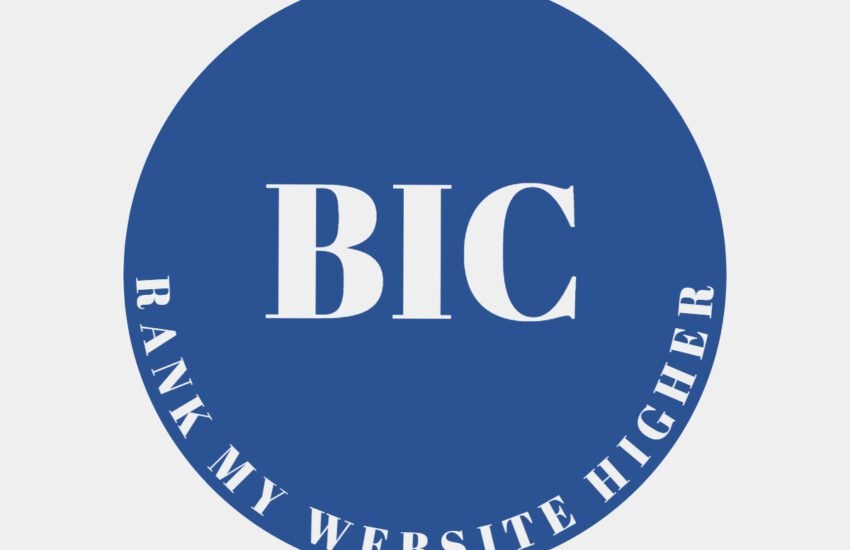Improving On-Page SEO: Beyond Keywords and Links
When it comes to optimizing your blog for search engines, keywords and links are undoubtedly important factors. However, there is a lot more to on-page SEO than just these two elements. In this article, we will explore some additional strategies and techniques that can help you enhance the on-page SEO of your blog.
- 1. Optimize Page Titles and Meta Descriptions
- 2. Improve Page Load Speed
- 3. Enhance Mobile Responsiveness
- 4. Create High-Quality and Engaging Content
- 5. Optimize Heading Tags
- 6. Utilize Internal Linking
- 7. Optimize Images
- 8. Implement Schema Markup
- 9. Optimize URL Structure
- 10. Monitor and Analyze Performance
1. Optimize Page Titles and Meta Descriptions
Page titles and meta descriptions are crucial elements that can significantly impact your blog’s SEO. Make sure each page on your blog has a unique and descriptive title that accurately reflects the content. Similarly, craft compelling meta descriptions that entice users to click on your blog in search engine results pages (SERPs).
2. Improve Page Load Speed
Page load speed is a critical factor for both user experience and search engine rankings. Slow-loading pages can lead to higher bounce rates and lower rankings. Optimize your blog’s load speed by compressing images, minifying CSS and JavaScript files, and leveraging browser caching.
3. Enhance Mobile Responsiveness
In today’s mobile-centric world, having a mobile-responsive blog is essential. Google prioritizes mobile-friendly websites in its search results, so ensure your blog is optimized for mobile devices. Use responsive design techniques and test your blog’s mobile responsiveness across different devices and screen sizes.
4. Create High-Quality and Engaging Content
While keywords are important, the quality and relevance of your content should be your top priority. Create valuable, informative, and engaging content that resonates with your target audience. Focus on addressing their pain points, answering their questions, and providing solutions. High-quality content not only attracts readers but also encourages them to share and link back to your blog.
5. Optimize Heading Tags
Heading tags (H1, H2, H3, etc.) help search engines understand the structure and hierarchy of your content. Properly utilizing heading tags not only improves readability for users but also signals the importance of the content to search engines. Use relevant keywords and variations naturally within your heading tags to optimize them for SEO.
6. Utilize Internal Linking
Internal linking is a powerful on-page SEO technique that helps search engines discover and index your blog’s pages more effectively. It also improves user navigation and encourages users to spend more time on your blog. Incorporate relevant internal links within your content to connect related articles and provide additional value to your readers.
7. Optimize Images
Images play a crucial role in enhancing the visual appeal of your blog. However, they can also impact your SEO if not optimized correctly. Optimize your images by compressing them, using descriptive file names and alt tags, and providing relevant captions. This helps search engines understand the context of the images and improves your blog’s overall SEO.
8. Implement Schema Markup
Schema markup, also known as structured data, provides additional context to search engines about your content. It helps search engines understand the type of content on your blog and can lead to enhanced search engine results with rich snippets. Implement relevant schema markup, such as article, blog post, or review markup, to improve your blog’s visibility in search results.
9. Optimize URL Structure
Your blog’s URL structure should be clean, concise, and descriptive. Avoid using long and complicated URLs that contain unnecessary characters or parameters. Include relevant keywords in your URLs to provide search engines with additional context about your content. This can improve the chances of your blog ranking higher in search results.
10. Monitor and Analyze Performance
Regularly monitor and analyze the performance of your blog using tools like Google Analytics. Pay attention to important metrics such as organic traffic, bounce rate, and average time on page. This data can provide valuable insights into the effectiveness of your on-page SEO strategies and help you identify areas for improvement.
While keywords and links are integral to on-page SEO, it is essential to consider other factors as well. By optimizing page titles and meta descriptions, improving page load speed, enhancing mobile responsiveness, creating high-quality content, optimizing heading tags, utilizing internal linking, optimizing images, implementing schema markup, optimizing URL structure, and monitoring performance, you can significantly improve the on-page SEO of your blog and increase its visibility in search engine results.

